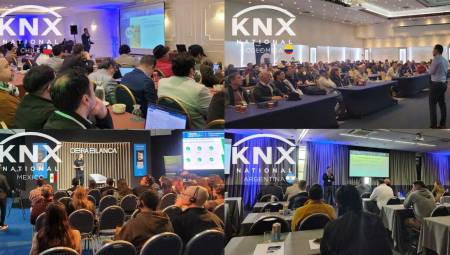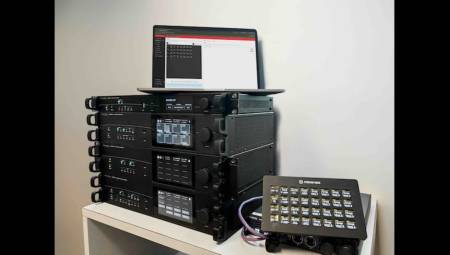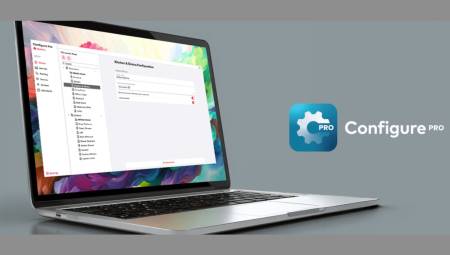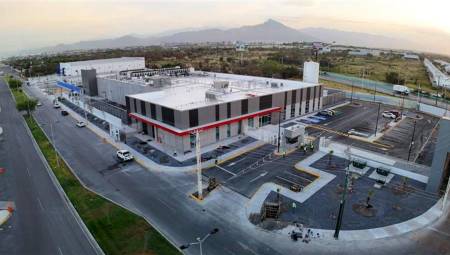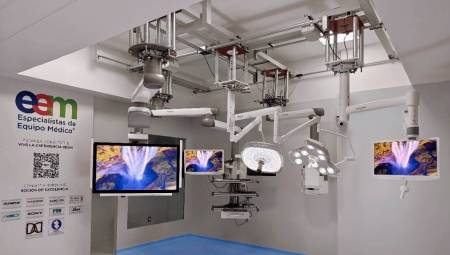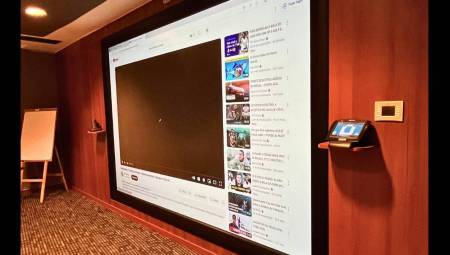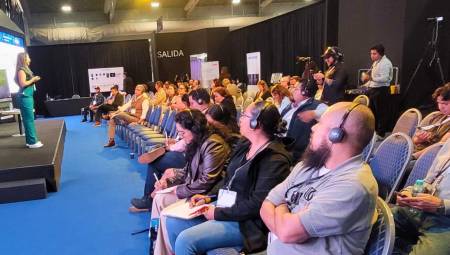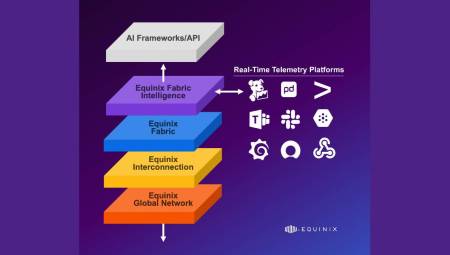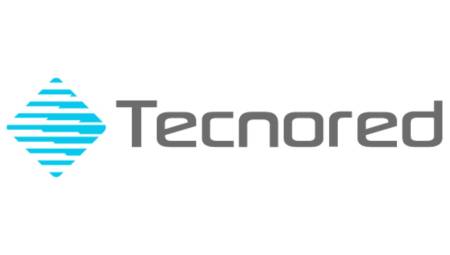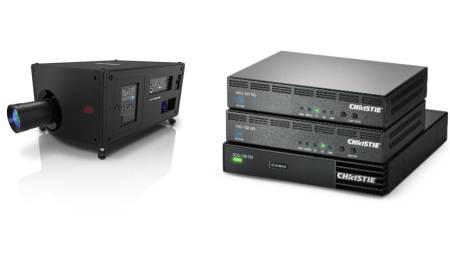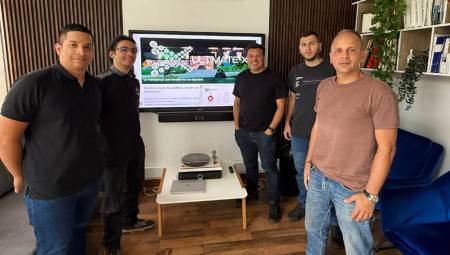 Latin America is one of the regions that will be key to the growth of the IT sector over the next three years. The countries in which this growth will be concentrated are Mexico, Peru, Brazil, Chile, Argentina.
Latin America is one of the regions that will be key to the growth of the IT sector over the next three years. The countries in which this growth will be concentrated are Mexico, Peru, Brazil, Chile, Argentina.
By Francisco Villarreal*
We are always surprised when we review the statistics of how technology is present in our lives, especially those of Information Technology. For example, just think that in 2012, 15 billion (15 billion in the English system) of mobile devices were working in the world, between smartphones, tablets and laptops with wireless connection.
From that same year, we have the data that in the Asia-Pacific region, 40% of employees connected to their work sources remotely through a mobile.
81% of the working people on the planet use some type of device at work. In China alone, 90% of IT managers will implement Bring Your Own Device (BYOD) strategies.
BYOD is a strategy in which IT managers allow users of a corporate network to bring their own mobile devices to their offices. So data switches have to offer support for the development of technology initiatives, like these. To answer this, let's think for a moment about the following points:
BYDO policies involve many challenges for IT administrators, as aspects such as corporate applications that were standardized, information security and protections against computer threats must be considered.
Not all employees who could participate in this strategy have the same profile, nor the same needs when they enter the resources of the corporate network. From a network infrastructure standpoint, system administrators and engineers are challenged to sustain convergence over a single network, corporate network traffic with the additional burden of users participating in BYOD programs.
All this implies that from the perspective of network access, which is precisely the frontier at which mobile devices connect to the corporate network, the enterprise network must have the capacity and flexibility to withstand this new change and embrace a new paradigm.
There are many advantages behind BYOD initiatives but the challenge to overcome is that by embracing them, there should be no impact on the normal operation of the corporate's computer data services and the experience of users with BYOD and the rest of the staff who connect at all times to obtain the information.
Having said that, having a network infrastructure consisting of data switches that have "the intelligence" enough to recognize the type of users, the type of devices that access it, and differentiate their roles to give them access to the applications they require. All this must operate, minimize the impact and facilitate migration to these work policies and networks.
The differentiator that currently determines and manages the operations of users and IT administrators is the operating system. These days there are modular operating systems, based on open architectures, with which it is possible to predict the behaviors and needs of the network, in the face of changes or adaptations, its modularity allows to load new processes and routines focused on security, the management of resources and the identification of users and their devices.
With these capabilities, the network "reacts" to the events of access and disconnection of users and devices, thus avoiding an overload in the management and resource process, becoming a powerful tool for IT Managers.
These same capabilities can be used even in virtualized environments, both for servers in data centers and in remote work sessions for users working in BYOD programs. All network processes, in the future, will be executed in protected memories that provide resilience against attacks or failed processes on the same network.
To support these strategies, software-defined network systems or SDN (Software Defined Networks) will allow to recognize the roles of each user and / or device that accesses the network, automation mechanisms so that the network reconfigures itself responding to identified activities, will create an automatic administration and application of security profiles.
The goal to achieve is that before the implementation of BYOD schemes, take administrators to have a static conventional network and be reactive before changes, to a network where intelligence is in access to the network to take it to a dynamic and proactive model.
The concept of network mobility goes beyond supporting mobile devices or providing a network for them. It encompasses all the convergence of all IT services into a single intelligent network that has the ability to respond and adapt to change.
Networks will be a fundamental part of the growth and quality of service of every company in the world, in the next 3 years.
Latin America, expands its networks
In the last 3 years, Latin American nations have maintained sustained growth in most of the productive sectors of their economies, including IT, which remains on the rise and without expectations of change or stagnation.
The trend that will be most appreciated in the coming years will be that of BYOD; Currently, more than 250 million workers already make use of it. In Latin America, 4G (LTE) networks and the democratization of smartphones will be decisive for the massive sharing of work data (IDC data).
This scenario predicts that LATAM will have a growth of 10.3% in the Information Technology (IT) sector during this 2013, which represents twice the development of highly developed nations.
The outstanding countries where attention will have to be paid in the field of IT are: Mexico, Peru, Brazil, Chile, Argentina, which will be leaders in the adaptation and use of this technology.
In turn, the growth of fixed and mobile broadband, the use of LTE data networks, the implementation and development of smart cities, improvements in computer security, new techniques of digital distance education, teleworking, media and Broadcasting, will be the key points in the implementation of convergent networks.
The use and transfer of computer data will be a "commodity" that will be sold and provided in every country as something necessary to generate growth and quality of life in every society.
For Sidebars
- BYOD will be essential for the development of companies globally, more than 250 million workers already make use of this.
- 81% of economically active people use a mobile phone.
- 90% of IT Managers in China implement BYOD.
- SDN will be the trend that will change the way networks are used in a business.
- LATAM will be the key area of growth for the IT sector over the next three years.
- The leading Latin American countries in the IT sector will be Mexico, Peru, Brazil, Chile and Argentina.
- Computer networks will be a key point for the socio-economic development of emerging and developed nations.
*Francisco Villarreal is Director of Regional Engineering at Extreme Networks.











